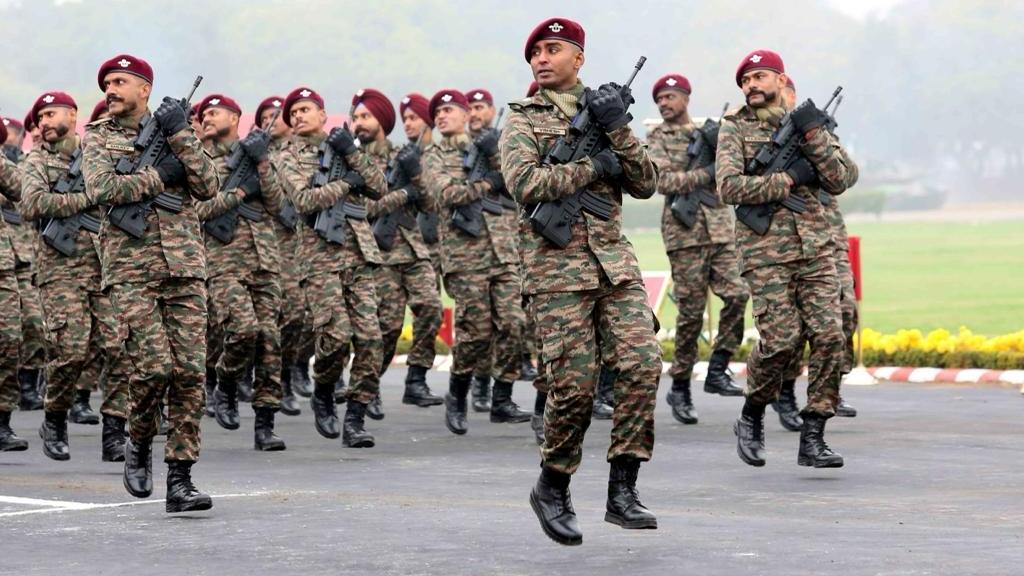When Prime Minister Narendra Modi visited the Adampur Air Force Station recently, a striking image captured the essence of India’s military readiness—S-400 air defence systems and MiG-21 fighter aircraft, all bathed in the distinct shade of Olive Green. Far beyond being a mere aesthetic choice, this colour has become a tactical and symbolic staple of the Indian Army’s identity, especially visible during high-stakes operations like Operation Sindoor.
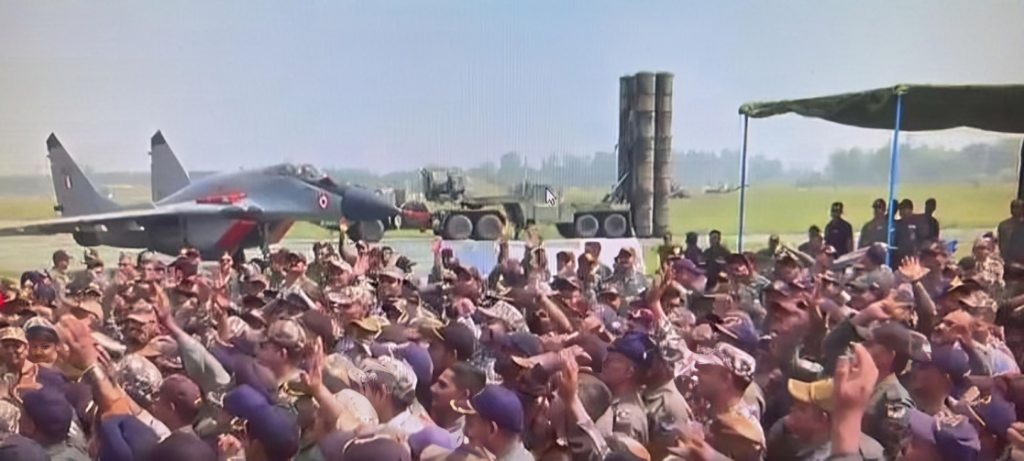
Camouflage and Concealment in Varied Terrains
The primary reason for the widespread use of Olive Green is its effectiveness in camouflage. Most ground operations conducted by the Indian Army take place in forested, hilly, or semi-arid environments. In such terrains, Olive Green allows soldiers and their equipment to merge seamlessly with the surrounding landscape. From infantry on patrol to tanks concealed behind natural ridges, the colour reduces visibility against enemy surveillance, whether from the air or on the ground.
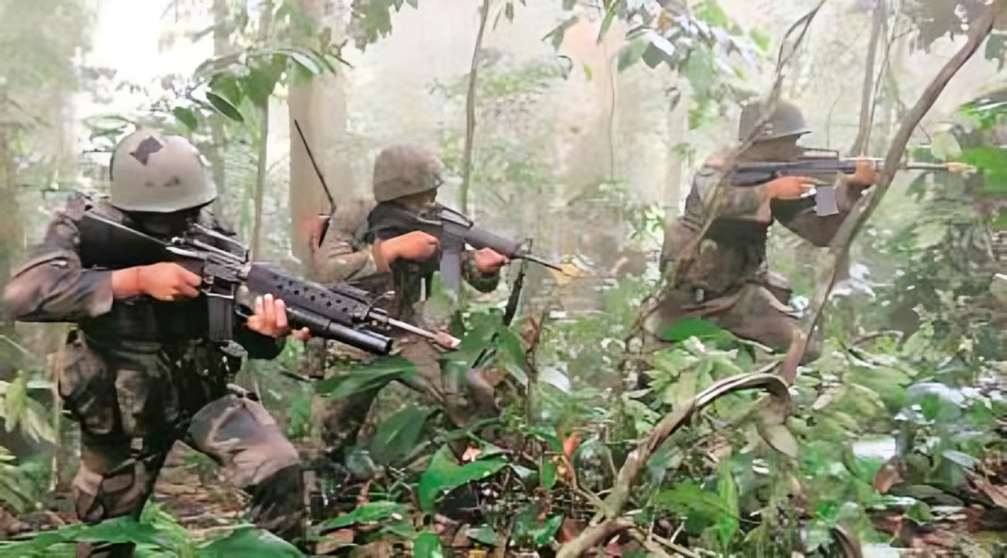
Visual Coherence and Battlefield Coordination
Another key advantage is tactical uniformity. By using a standard colour across soldiers’ uniforms, vehicles, and weapons, the army ensures visual coherence on the battlefield. This consistency aids in distinguishing friend from foe and reduces the risk of friendly fire, particularly in fast-moving combat scenarios. It also enhances coordination between infantry units and mechanised divisions, improving operational efficiency.
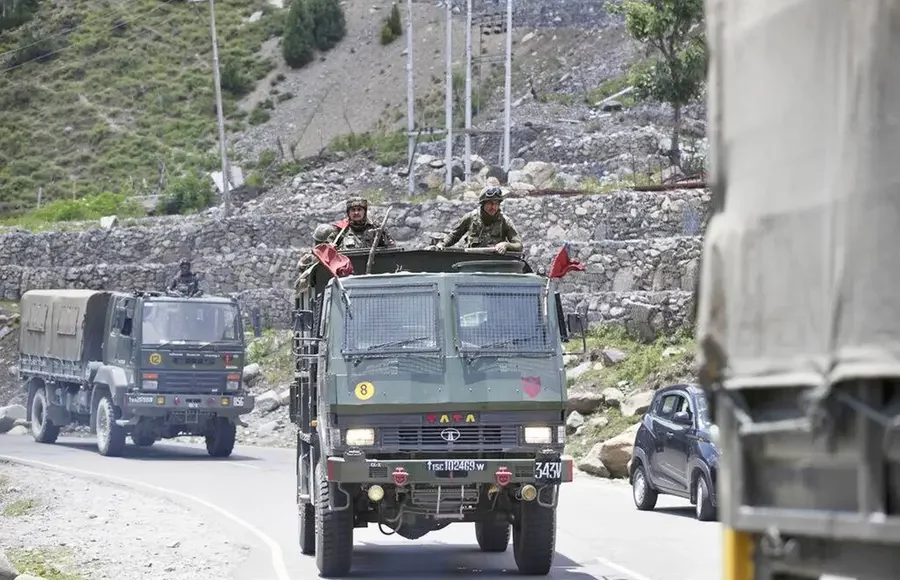
From Khaki to Olive: A Strategic Transition
The adoption of Olive Green also carries a historical legacy. Prior to independence, Indian soldiers wore khaki uniforms—a practice inherited from the British military. However, in the 1980s, the Indian Army made a strategic shift to Olive Green, in line with global post-WWII military standards that favoured non-reflective, terrain-adaptive colours. Many nations had already begun adopting Olive Green for its superior blending qualities and functional appeal.
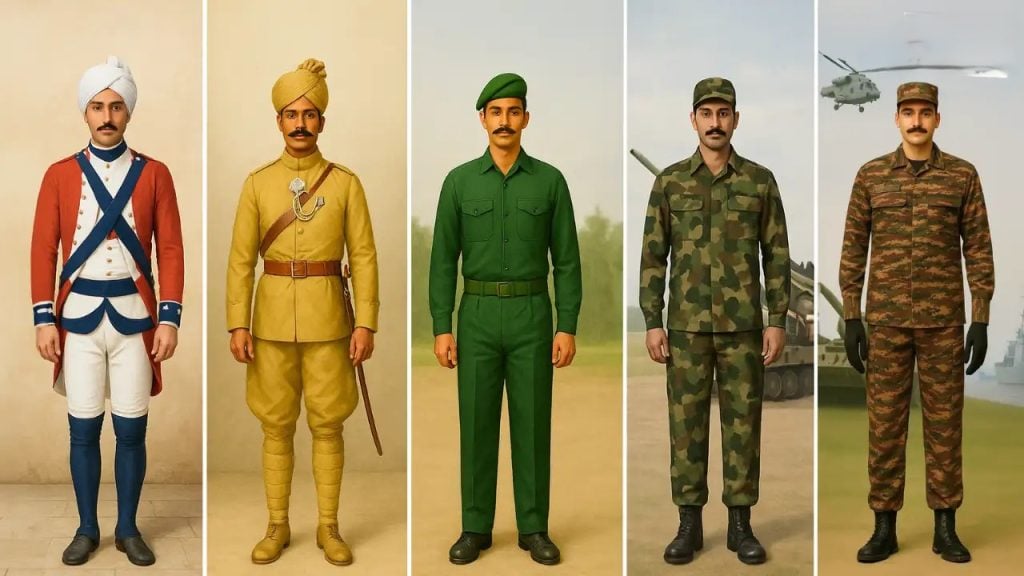
Discipline, Unity, and a Shared Identity
Symbolically, Olive Green represents more than tactical advantage. It reflects the values of discipline, resilience, and unity. The colour ties the soldier not only to their team but also to the land they serve and protect. It fosters a shared sense of purpose and belonging across ranks and units, reinforcing the ethos of service.
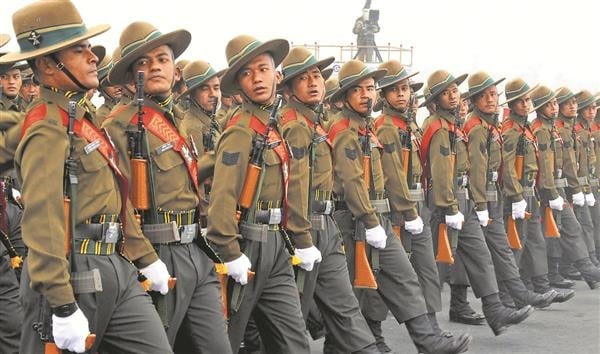
Low Maintenance, High Utility
The colour also scores high in practicality. It conceals stains, dust, and signs of wear far better than lighter shades, reducing the burden of maintenance. Moreover, the cost of producing Olive Green clothing and coatings is significantly lower than manufacturing elaborate camouflage patterns, making it an economical choice for large-scale application.
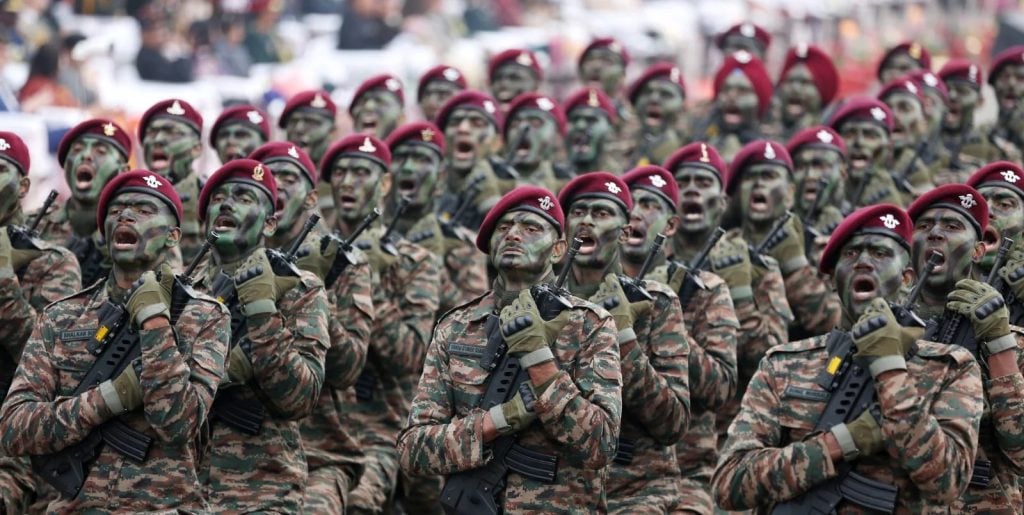
Adaptability in Diverse Operational Theatres
Despite its prevalence, the Indian military remains flexible in adapting uniform colours to specific operational needs. For example, selected units employ disruptive pattern materials (DPM) for enhanced camouflage in specialised environments. The Indian Air Force wears blue in ceremonial settings but switches to Olive Green for combat operations. The Navy, meanwhile, operates in white to remain visible during maritime manoeuvres and emergency situations.
Also Read: 8 Uniforms of the Indian Army that You Have to Earn
Also Read: 17 Uniforms Of The Indian Air Force That You Have To Earn
Also Read: 10 Uniforms Of The Indian Navy That You Need To Earn
More Than a Colour: A Statement of Purpose
In essence, the choice of Olive Green is deeply rooted in both strategic foresight and cultural resonance. It is not merely a colour but a visual embodiment of the Indian Army’s readiness, unity, and dedication—a message reinforced during every phase of Operation Sindoor.

